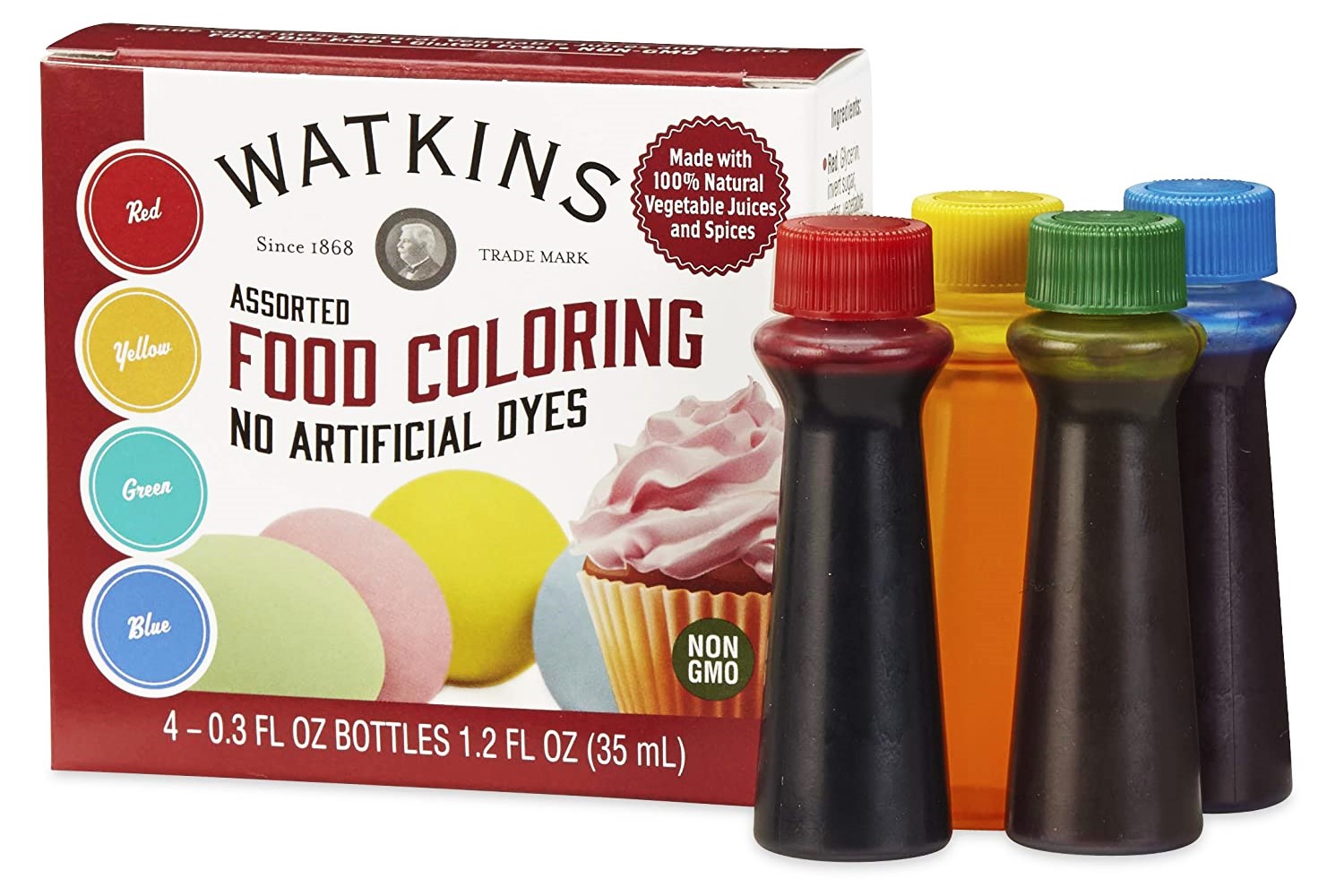
Food coloring is a ubiquitous ingredient found in a wide range of processed and packaged foods. From vibrant candy coatings to brightly colored cereals and cakes, food coloring adds an aesthetic appeal to our favorite treats. However, many consumers are becoming increasingly curious about the nutritional impact of these artificial dyes.
In this article, we will explore the nutrition facts of food coloring and shed light on its impact on our health. We will delve into the types of food coloring, their common uses, and any potential risks or benefits associated with their consumption.
So, if you’ve ever wondered about the nutritional value or health implications of food coloring, look no further. Let’s dive into the world of food coloring nutrition facts and unravel the mysteries behind these vibrant additives.
Key Takeaways:
- Food coloring enhances the look of food but may affect taste and cause allergies. It’s regulated for safety, but has limited nutritional value. Be mindful of its effects and enjoy colorful treats in moderation.
- Food coloring comes from natural or artificial sources and is used in various products. It fades over time and can be used in non-food items. Store it properly and get creative with homemade recipes.
Food coloring is used to enhance the visual appeal of food products.
Food coloring is a common ingredient in many processed and packaged foods. Its primary purpose is to make the food look more visually appealing and appetizing to consumers.
Food coloring can be found in a variety of products.
You can find food coloring in a wide range of products, including candies, baked goods, beverages, cereals, snacks, and even some fruits and vegetables.
Food coloring is derived from natural and artificial sources.
Food coloring can be obtained from both natural and artificial sources. Natural food coloring is derived from plants, fruits, vegetables, and other natural sources, while artificial food coloring is chemically synthesized.
Food coloring is categorized into different types.
Food coloring is classified into four types: natural food coloring, synthetic food coloring, lakes, and dyes. Each type has its specific characteristics and uses in the food industry.
Food coloring is regulated by governmental agencies.
The use of food coloring is regulated by governmental agencies to ensure its safety for consumption. These agencies set specific guidelines and limitations on the types and amounts of food coloring that can be used in food products.
Food coloring can affect individuals with sensitivities or allergies.
Some individuals may experience adverse reactions to food coloring, such as hyperactivity, allergic reactions, or digestive issues. It is essential to be mindful of these potential effects, especially for those with known sensitivities or allergies.
Food coloring can be used in combination to create new colors.
Food coloring can be mixed and combined to create a wide spectrum of colors. This allows for greater creativity and versatility in food product development and presentation.
Food coloring can affect the taste of food.
In some cases, food coloring may have a subtle impact on the taste of food products. Certain food colorings may add a slightly bitter or artificial flavor if used in high concentrations.
Food coloring may have limited nutritional value.
Food coloring itself does not provide any significant nutritional benefits. Its purpose is primarily cosmetic, enhancing the appearance of food rather than contributing to its nutritional content.
Food coloring can be used in both liquid and powder form.
Food coloring is available in various forms, including liquid and powder. Each form has its advantages and is used differently based on the desired application and desired intensity of color.
Food coloring can fade over time.
Food coloring may fade or lose its vibrancy over time, especially when exposed to light, heat, or certain chemical interactions. This can affect the overall appearance of the food product.
Food coloring can be used in non-food applications.
Food coloring is not limited to food products alone. It is also used in non-food applications such as cosmetics, pharmaceuticals, and even inks for printing.
Food coloring may require proper storage to maintain its quality.
To ensure the longevity and quality of food coloring, it is essential to store it properly, following the manufacturer’s instructions. Improper storage may result in color degradation or changes in the product’s consistency.
Food coloring can be used in homemade recipes.
Food coloring can be used in homemade recipes to add visual appeal or create specific thematic effects. It allows for greater creativity in decorating cakes, cookies, and other culinary creations.
Food coloring is a widely used ingredient in the food industry.
The use of food coloring is prevalent across the food industry, from large-scale food production to small-scale food preparation. It is an integral part of food product development and marketing.
Conclusion
In conclusion, food coloring can add a vibrant and visually appealing touch to our favorite dishes and treats. However, it’s important to understand the nutrition facts associated with food coloring and be mindful of its potential effects on our health.While food coloring itself doesn’t provide any significant nutritional value, it is generally considered safe for consumption in small amounts. Most food colorings are made from synthetic or natural ingredients and undergo rigorous testing to ensure they meet safety standards.It’s important to note that some individuals may be sensitive or allergic to certain food colorings, which can result in adverse reactions. If you have any concerns or experience any unusual symptoms after consuming foods or beverages with food coloring, it is advisable to consult with a healthcare professional.As with any food ingredient, moderation is key. Enjoy the vibrant hues that food coloring can bring to your dishes, but remember to prioritize a balanced and nutritious diet overall.
FAQs
1. Are food colorings safe to consume?
Yes, food colorings are generally considered safe for consumption in small amounts. However, some individuals may be sensitive or allergic to certain colorings, so it’s important to be aware of any potential adverse reactions.
2. Are there any nutritional benefits to food colorings?
No, food colorings themselves do not provide any significant nutritional benefits. They are primarily used for their visual appeal and to enhance the appearance of food and beverages.
3. How are food colorings made?
Food colorings can be made from synthetic or natural ingredients. Synthetic colorings are produced in laboratories, while natural colorings are derived from sources such as fruits, vegetables, and spices.
4. Can food colorings cause health problems?
In general, food colorings are considered safe for consumption. However, some studies suggest that certain artificial colorings may be associated with hyperactivity in children. If you have any concerns, it’s best to consult with a healthcare professional.
5. How can I reduce my intake of food colorings?
If you’re concerned about your intake of food colorings, opt for natural alternatives, such as using fruit and vegetable juices to add color to your dishes. Additionally, focusing on whole, unprocessed foods can help reduce your exposure to artificial colorings.
Was this page helpful?
Our commitment to delivering trustworthy and engaging content is at the heart of what we do. Each fact on our site is contributed by real users like you, bringing a wealth of diverse insights and information. To ensure the highest standards of accuracy and reliability, our dedicated editors meticulously review each submission. This process guarantees that the facts we share are not only fascinating but also credible. Trust in our commitment to quality and authenticity as you explore and learn with us.


